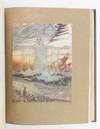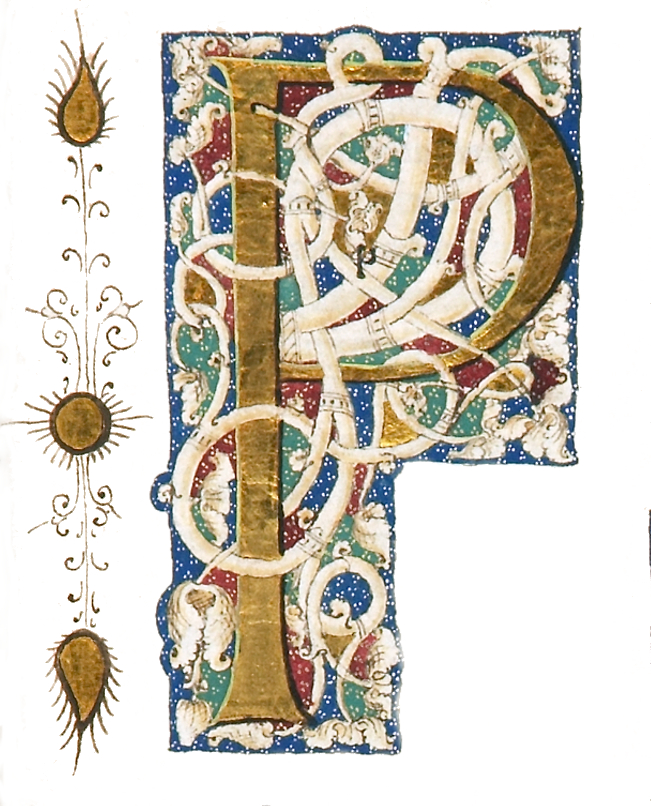signed
1912 · London
by RACKHAM, ARTHUR, Illustrator
London: William Heinemann, 1912. No. 1,035 of 1,450 Copies SIGNED by Rackham. 280 x 222 mm. (11 x 8 3/4"). xxix, [1], 223, [1] pp.A New Translation by V. S. Vernon Jones. Introduction by G. K. Chesterton.
VERY ATTRACTIVE GREEN CRUSHED MOROCCO, GILT, BY BAYTUN-RIVIERE (stamp-signed on rear turn-in), covers bordered by gilt fillet, front cover with gilt ornament replicating the title page vignette, raised bands, spine compartments with gilt fillet frame, gilt lettering, gilt-ruled turn-ins, marbled endpapers all edges gilt. With 20 full-page black and white illustrations, numerous illustrations in the text, and 13 COLOR PLATES, as called for, each (truncated)
VERY ATTRACTIVE GREEN CRUSHED MOROCCO, GILT, BY BAYTUN-RIVIERE (stamp-signed on rear turn-in), covers bordered by gilt fillet, front cover with gilt ornament replicating the title page vignette, raised bands, spine compartments with gilt fillet frame, gilt lettering, gilt-ruled turn-ins, marbled endpapers all edges gilt. With 20 full-page black and white illustrations, numerous illustrations in the text, and 13 COLOR PLATES, as called for, each (truncated)








